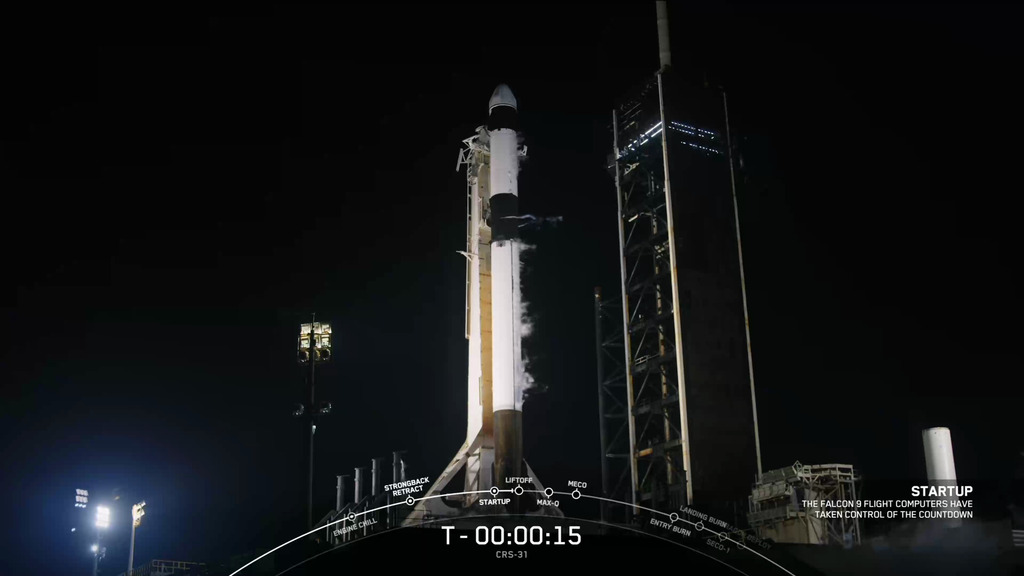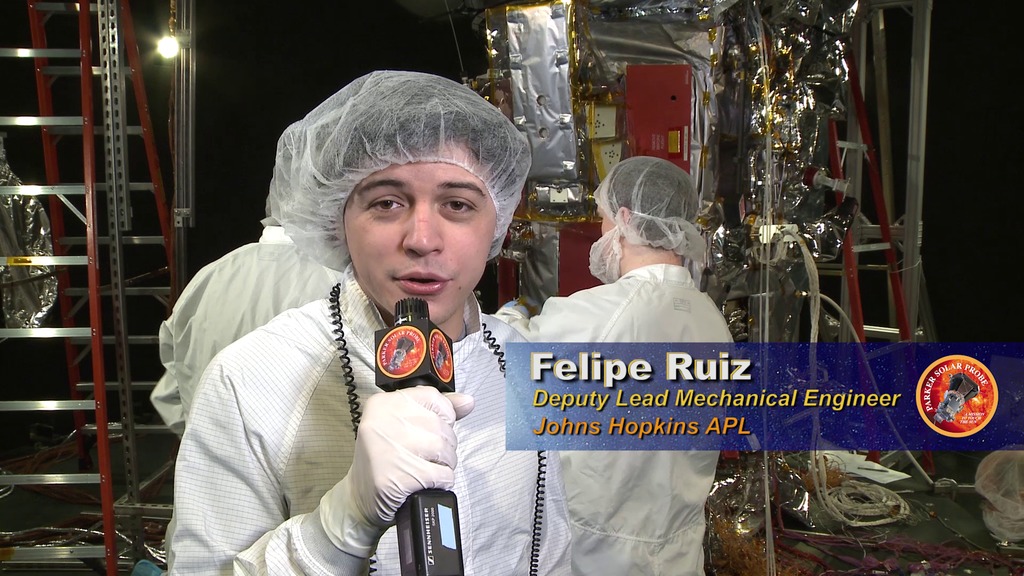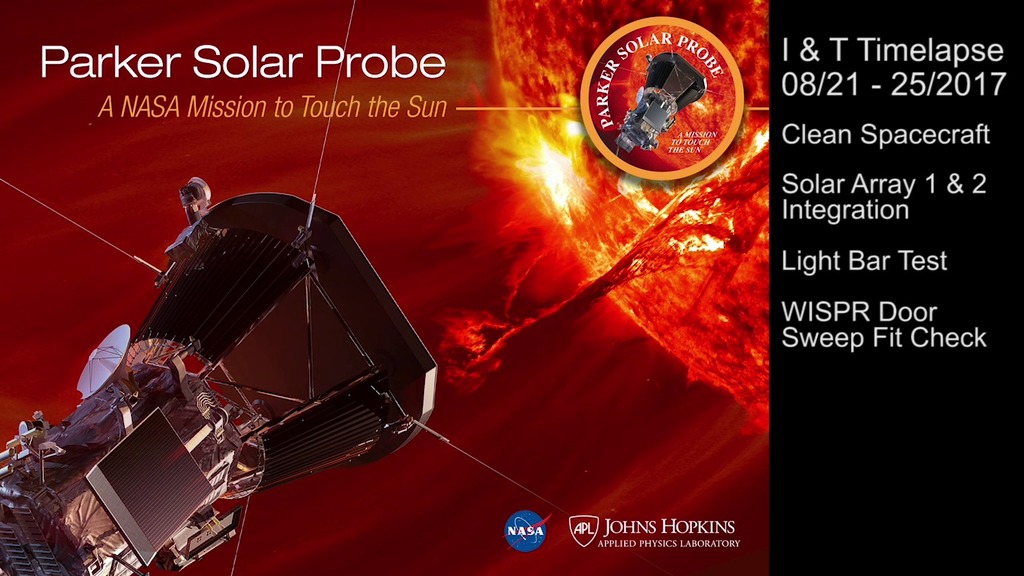What is Parker Solar Probe?
Parker Solar Probe will swoop to within four million miles of the Sun's surface, facing heat and radiation like no spacecraft before it. Launching in 2018, Parker Solar Probe will provide new data on solar activity and make critical contributions to our ability to forecast major space-weather events that impact life on Earth.
Parker Solar Probe is an extraordinary and historic mission exploring arguably the last and most important region of the solar system to be visited by a spacecraft to finally answer top-priority science goals for over five decades.
But we don't do this just for the basic science.
One recent study by the National Academy of Sciences estimated that without advance warning a huge solar event could cause two trillion dollars in damage in the U.S. alone, and the eastern seaboard of the U.S. could be without power for a year.
In order to unlock the mysteries of the corona, but also to protect a society that is increasingly dependent on technology from the threats of space weather, we will send Parker Solar Probe to touch the Sun.
Learn how Parker Solar Probe was connected to the August 21, 2017 solar eclipse.
Credit: NASA/JHUAPL
Complete transcript available.
For More Information
Credits
Please give credit for this item to:
The Johns Hopkins University Applied Physics Laboratory
-
Animator
- Steve Gribben (Johns Hopkins University/APL)
-
Support
- Joy Ng (USRA)
- Karen Fox (ADNET Systems, Inc.)
- Genna Duberstein (USRA)
- Sarah Frazier (ADNET Systems, Inc.)
- Kathalina Tran (KBR Wyle Services, LLC)
- Tom Bridgman (Global Science and Technology, Inc.)
Release date
This page was originally published on Friday, September 22, 2017.
This page was last updated on Wednesday, May 3, 2023 at 1:47 PM EDT.
![Can You Solve NASA’s #3point8 Puzzles?Music Credit: “Laser Cycle Launch Party” by Aaron Michael Wittrock [ASCAP], Julian Daniel Anderson [BMI], & Forrest Reed [ASCAP] via Universal Production MusicProducer: Beth Anthony (eMITS)Writer: Miles Hatfield (eMITS)](/vis/a010000/a014700/a014736/14736_3point8Promo_thumb.png)





